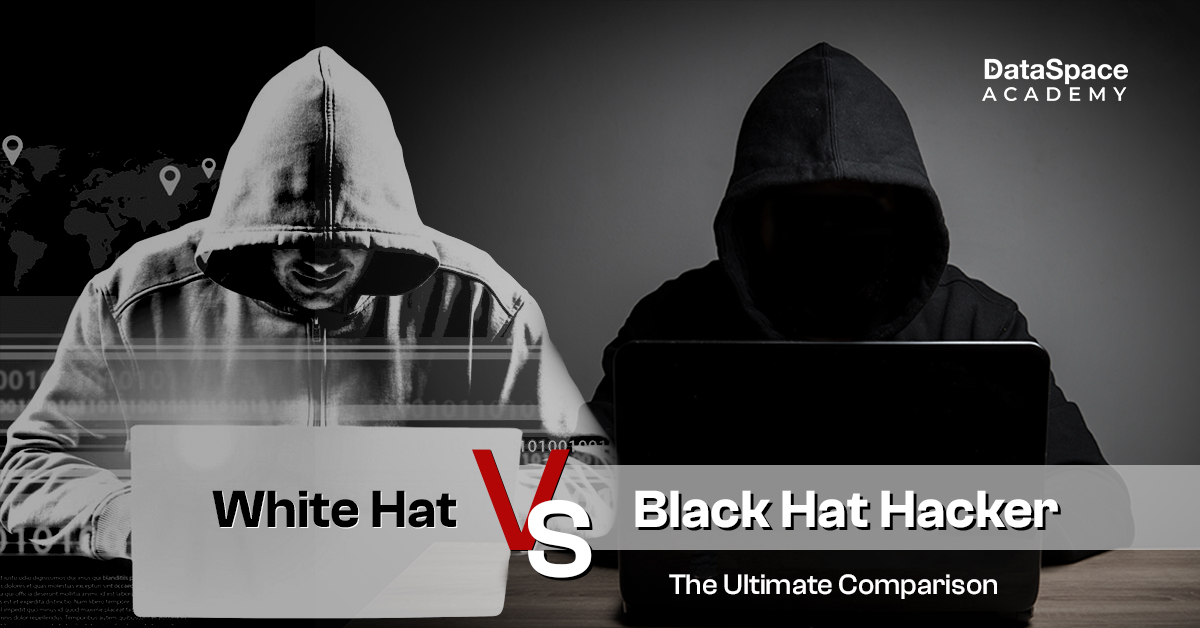Navigating the Cultural Kaleidoscope: Mastering Effective Communication in Diversified Workplaces
Last Updated : 03 Apr, 2024
 1.41L
1.41L

Introduction
In today’s interconnected world, diversity isn’t just a buzzword; it’s the heartbeat of modern workplaces. From bustling metropolises to remote corners of the globe, businesses are embracing multiculturalism like never before. But with this rich tapestry of cultures comes the challenge of effective communication. How do you ensure your message resonates across cultural boundaries? Let’s embark on a journey to unravel the secrets of navigating the cultural kaleidoscope in the workplace.
Tips for Effective Communication in Multicultural Workplace
Healthy intercultural communication sits at the crux of a culturally diversified workplace. An inclusive environment helps to prevent apparent cultural clashes and misunderstandings. In other words, effective communication ensures a friendly, collaborative, and productive space, despite the cultural differences.

Respect Cultural Nuances
First and foremost, understanding cultural nuances is paramount. Imagine you’re pitching a new idea to your international team. While a direct approach might be appreciated in some cultures, others may prefer a more indirect, diplomatic style. Take Japan, for example, where harmony and consensus are valued. A Japanese colleague might express agreement with your proposal even if they harbour reservations. Being attuned to these subtleties can prevent misunderstandings and foster genuine collaboration.
Mind Language Preferences
Moreover, language proficiency goes a long way in bridging cultural divides. In a diverse workplace, English may be the lingua franca, but not everyone speaks it fluently. Don’t assume proficiency based on nationality; instead, gauge individuals’ comfort levels and adapt your communication accordingly. Using simple language, avoiding idiomatic expressions, and speaking slowly can make a world of difference for non-native English speakers.
Be Cautious with Nonverbal Cues
However, effective communication transcends verbal exchanges. Nonverbal cues such as body language, gestures, and facial expressions play a significant role, often conveying messages more powerfully than words alone. Take the humble handshake, for instance. In Western cultures, it’s a customary greeting symbolizing trust and respect. But in some Eastern cultures, a firm handshake may be perceived as aggressive or disrespectful. By mirroring the nonverbal cues of your counterparts, you demonstrate empathy and build rapport effortlessly.
Be careful with humour
Technology has disrupted workplace communication, crumbling down the geographical barriers and facilitating smooth collaboration across multiple time zones. But beware of the pitfalls of virtual communication. In a multicultural setting, misinterpretations abound in emails, texts, and video calls devoid of tone and context. A harmless joke may inadvertently cause offense, or a terse message might be misconstrued as hostility. When in doubt, opt for clarity over brevity, and always err on the side of caution to maintain professionalism.
Practice Cultural Intelligence
Cultural intelligence, or CQ, is the secret sauce that distinguishes adept communicators in diverse workplaces. It encompasses not only awareness and knowledge of different cultures but also the ability to adapt and navigate cultural complexities effectively. Just as you wouldn’t embark on a journey without a map, approaching multicultural communication without CQ is akin to sailing blindfolded. Invest in honing your CQ through cross-cultural training, exposure to diverse perspectives, and cultivating curiosity about other cultures.
The significance of effective communication, and that too in a multicultural setting, cannot be overemphasised. That’s where professional communication training comes into play. Investing in business communication courses can equip professionals with the skills and strategies needed to navigate the complexities of multicultural communication. These courses go beyond the basics, delving into topics like cultural intelligence, nonverbal communication, and cross-cultural negotiation techniques.

Use Case
Let’s delve into a real-life example of effective multicultural communication in action. Imagine a marketing team tasked with launching a product in a foreign market. Instead of imposing their Western-centric ideas, they conduct thorough market research and engage local stakeholders to understand cultural preferences and consumer behaviour. By tailoring their messaging and branding to resonate with the target audience’s values and aspirations, they not only capture market share but also earn the trust and loyalty of customers.
Conclusion
In conclusion, effective communication in diverse and multicultural workplaces is both an art and a science. It requires empathy, adaptability, and a willingness to embrace cultural differences. By mastering the nuances of cross-cultural communication, you’ll not only avoid misunderstandings and conflicts – but also unlock the full potential of collaboration and innovation in today’s globalised world. So, let’s raise our glasses to the beauty of diversity and the power of effective communication in shaping a brighter future for all. Cheers to a world where every voice is heard and understood!
 1.41L
1.41L





































































































